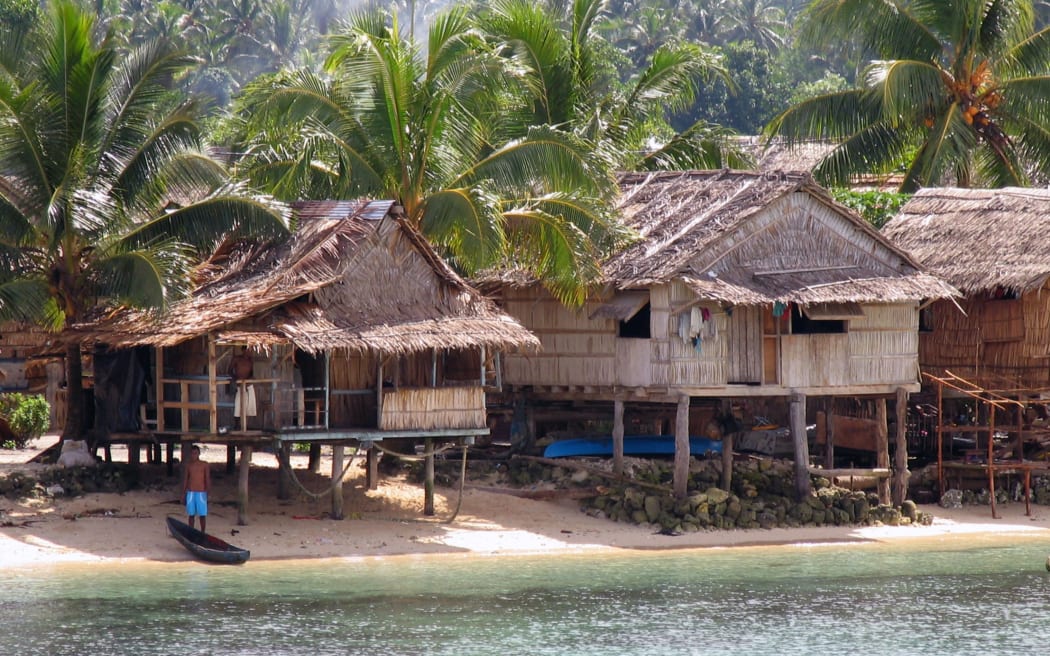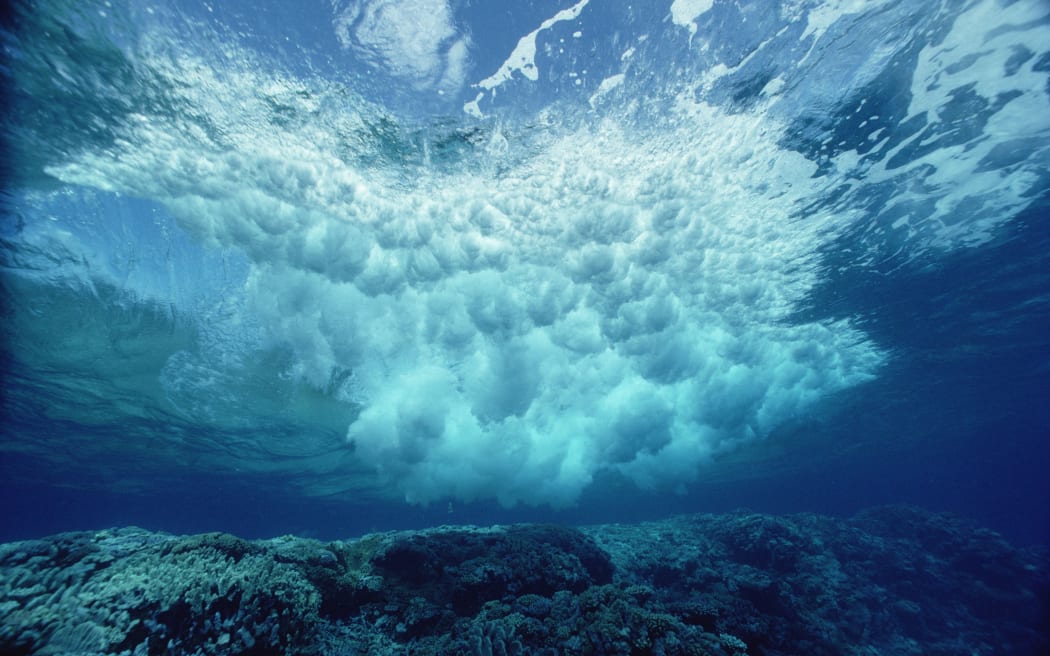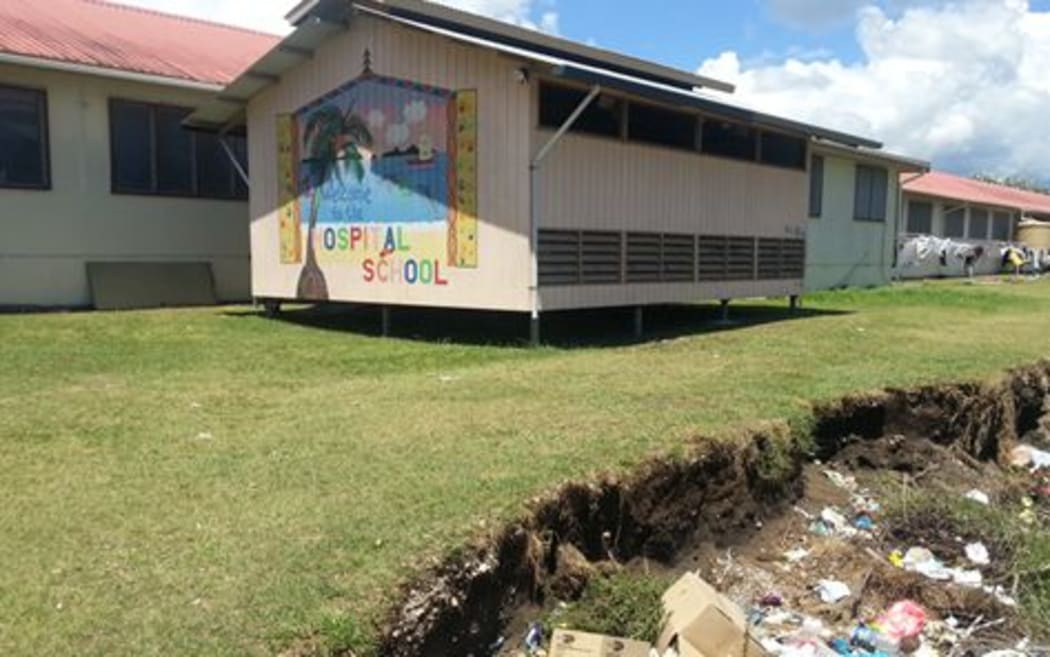New evidence confirms anecdotal accounts of the devastating impact of climate change on low lying Pacific countries.

A village on the beach near Auki, the capital of Malaita. Photo: Supplied
A newly published paper by Australian academics reveals at least five reef islets in the Solomon Islands have been lost completely to sea-level rise and coastal erosion, and a further six have been severely eroded.
The paper, published in the journal Environmental Research Letters, focuses on Solomon Islands - which the authors describe as a global sea-level rise hotspot.
For their research, they used time series aerial and satellite imagery of 33 reef islands from 1947-2014. They also drew on local knowledge of historical events, radiocarbon dating of trees, sea-level records and wave models.
The scientists found that five vegetated reef islands had disappeared, while a further six had severe shoreline recession.
The islands lost to the sea ranged in size from one to five hectares and supported dense tropical vegetation that was at least 300 years old.
Erosion at two other sites had destroyed villages that had been in existence since at least 1935, forcing people to relocate.
Wave energy appears to play an important role in the dramatic coastal erosion observed in Solomon Islands.

Breaking wave, Solomon Islands. Photo: Biosphoto / Minden Pictures / Chris Newbert
The authors said small remote islands were particularly vulnerable to climate change. They said how these islands and the communities that inhabited them responded to the threat, particularly sea-level rise, was a critical issue for the coming century.
Sea-level rise, erosion and coastal flooding are some of the greatest challenges facing humanity from climate change.
Nuatambu Island - home to 25 families - had lost more than half of its habitable area, with 11 houses washed into the sea since 2011.
The paper is the first scientific evidence confirming numerous anecdotal accounts from across the Pacific of the dramatic impacts of climate change on coastlines and people.
Previous studies examining the risk of coastal inundation in the Pacific found islands could in fact keep pace with sea-level rise and sometimes even expand.
However, those studies were conducted in areas of the Pacific with rates of sea-level rise of 3-5 millimetres per year - broadly in line with the global average of 3mm per year.
For the past 20 years, Solomon Islands has been a hotspot for sea-level rise, with its seas rising at almost three times the global average - about 7-10mm per year since 1993. This higher local rate is partly the result of natural climate variability.
The current conditions in Solomon Islands are an insight into the future impacts of accelerated sea-level rise across much of the Pacific in the second half of this century.

Coastal erosion threatens the Solomon Islands Referral Hospital. Photo: Supplied
-RNZ, ABC

